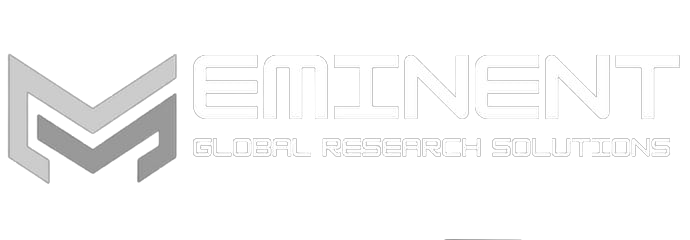The semiconductor industry is at the heart of modern technology. From smartphones and laptops to electric vehicles and artificial intelligence systems, semiconductors are the invisible engines driving innovation. As emerging technologies evolve at a breakneck pace, intellectual property (IP) has become a critical tool for businesses seeking to maintain a competitive edge, safeguard their innovations, and maximize returns on research and development investments.
The Rapid Evolution of Semiconductor Technology
Semiconductors have transformed dramatically over the last decade. Innovations such as advanced microprocessors, AI chips, 5G-enabled components, and quantum computing circuits are reshaping industries globally. The constant push for smaller, faster, and more energy-efficient chips has intensified competition, making IP strategy not just beneficial but essential for survival.
Key trends driving innovation in semiconductors include:
Miniaturization and Moore’s Law: Companies are developing transistors at nanometer scales, enabling more powerful and efficient chips.
Specialized AI Chips: Custom chips designed for machine learning and AI applications are revolutionizing computing power.
Energy-Efficient Semiconductors: With sustainability a top priority, companies are investing in low-power chips for consumer and industrial applications.
Quantum and Neuromorphic Computing: Emerging architectures require novel designs and IP strategies to secure their technological breakthroughs.
Why IP is Vital in the Semiconductor Sector
1. Protecting R&D Investments
Developing cutting-edge semiconductors requires significant investment in research, engineering, and prototyping. Patents and trade secrets ensure that companies can protect their innovations from competitors, allowing them to monetize their efforts and recover R&D costs.
2. Securing Competitive Advantage
IP protection gives firms a strategic advantage. Owning patents in emerging technologies such as AI chips or 5G components enables companies to license technologies, form strategic partnerships, and even block competitors from entering niche markets.
3. Encouraging Collaboration
IP plays a key role in collaborations between semiconductor firms, research institutions, and universities. Licensing agreements allow companies to access cutting-edge technologies while protecting their own proprietary innovations.
4. Mitigating Legal Risks
The semiconductor space is highly litigious. Patent disputes are common, especially in fast-growing markets like AI and 5G. A strong IP portfolio reduces the risk of infringement lawsuits and enhances a company’s credibility in negotiations and cross-licensing deals.
Emerging Technologies and IP Challenges
As semiconductors advance, IP strategy becomes more complex. Companies face challenges such as:
Rapid Obsolescence: Semiconductor technologies can become outdated quickly, making timely patent filings critical.
Global Patent Landscapes: Securing patents across multiple jurisdictions requires careful planning and international expertise.
Open-Source Pressures: Balancing proprietary innovations with the growing open-source ecosystem is a delicate task.
AI-Generated Innovations: Determining patent eligibility for AI-assisted designs is an evolving area in IP law.
How Eminent Global Research Solutions Supports Semiconductor Innovation
At Eminent Global Research Solutions, we empower semiconductor companies to navigate the complexities of IP and emerging technologies. Our services include:
Patent Landscaping: Identifying trends, opportunities, and white spaces in semiconductor IP.
Prior Art and Invalidity Searches: Ensuring robust patent filings and avoiding infringement risks.
Competitive Analysis: Tracking competitor patents, product launches, and technology strategies.
IP Strategy Consulting: Helping businesses align their R&D investments with IP protection and monetization plans.
By leveraging comprehensive IP research and strategic insights, semiconductor companies can safeguard their innovations, reduce legal risks, and accelerate technology commercialization.
Conclusion
In the fast-evolving semiconductor industry, innovation alone is not enough. Protecting these innovations through well-structured IP strategies is essential for sustained growth, competitive advantage, and global market success. Companies that integrate intellectual property with emerging technologies are best positioned to shape the future of computing, AI, and electronics.
At Eminent Global Research Solutions, we bridge the gap between technology and IP, enabling semiconductor firms to innovate confidently, protect their breakthroughs, and unlock business value in a rapidly changing world.


